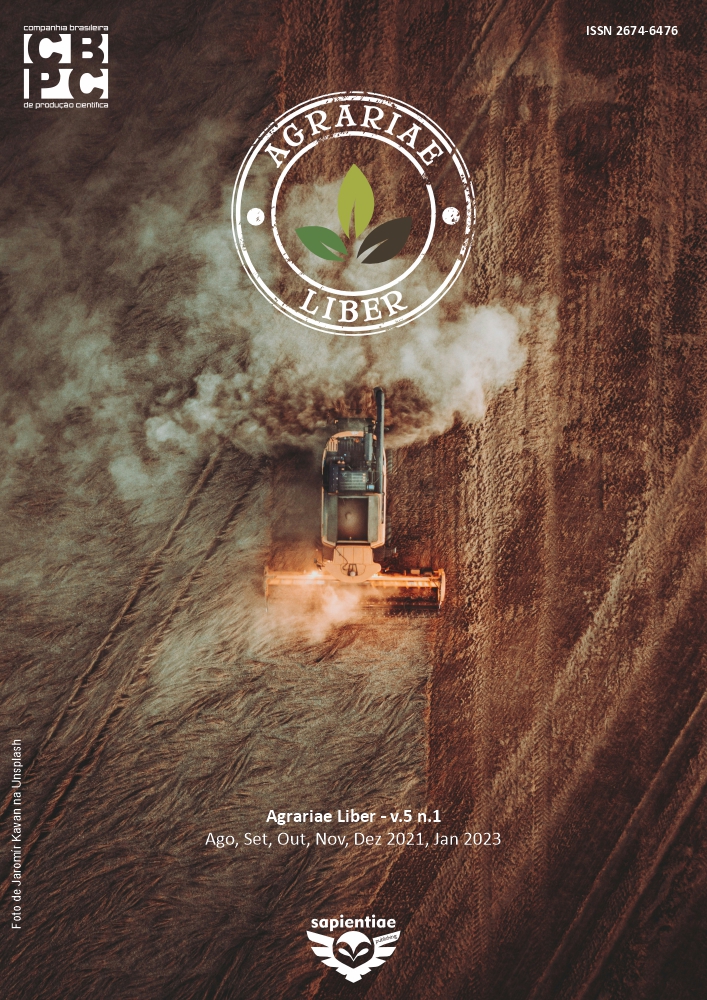Growth and survival of native species planted in different forest successional stages after pasture
DOI:
https://doi.org/10.6008/CBPC2237-9290.2021.003.0004Keywords:
Disturbed forest, Secondary forest, Amazon, Forest planting, Degraded areaAbstract
Planting with native species to enrich secondary forests has been adopted to strengthen natural regeneration and promote recovery of anthropized areas. The objective of this study was to assess growth and survival of native species planted in different forest successional stages after pasture in Fazenda Agroecológica São Roque, Moju, Pará, Brazil. Planting was carried out in March 2009 in areas defined as Thin Forest; Low Forest; Middle Forest; and Full Sun, as a control. Twenty-seven woody and fruit native species were planted in each 4 m and interspersed according to a draw. In the planting area, a completely randomized experimental design was established in a factorial design (environment x species x age) in four 250-m2 (25 m x 10 m) plots, grouped in strips perpendicular to the planting lines, 8 m between them. All plants in the plots were measured, but only those present in all environments were analyzed, so that Schizolobium parhyba var. amazonicum (Fabaceae); Tabebuia roseoalba (Bignoniaceae); Swietenia macrophylla (Meliaceae); Parkia pendula (Fabaceae); and Parkia nitida (Fabaceae). The species were evaluated in 2, 4, and 6 years after planting regarding growth and survival. In six years the species presented good growth and survival. The mean values of increment in height and circumference differed statistically among the planting environments (p < 0.05). All five species were able to thrive in the area degraded by extensive use of livestock, especially T. roseoalba and S. macrophylla, which showed survival rates above 70%. Mixed planting of species in the four environments proved to be promising to facilitate the recovery of disturbed pasture area, six years after planting.
Downloads
Downloads
Published
Issue
Section
License
Copyright (c) 2021 Natural Resources

This work is licensed under a Creative Commons Attribution-NonCommercial-NoDerivatives 4.0 International License.
The CBPC - Companhia Brasileira de Produção Científica (Brazil CNPJ: 11.221.422/0001-03) the material rights of the published works. The rights relate to the publication of the work anywhere in the world, including rights to renewals, expansions and dissemination of the contribution, as well as other subsidiary rights. All electronically published works may subsequently be published in printed collections under the coordination of this company and / or its partners. The authors preserve the copyright, but are not allowed to publish the contribution in another medium, printed or digital, in Portuguese or in translation.








